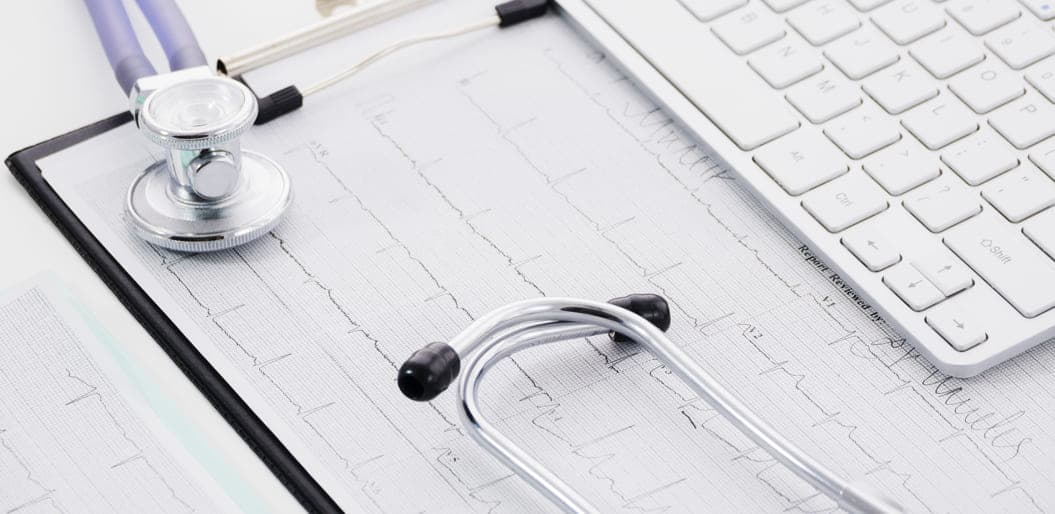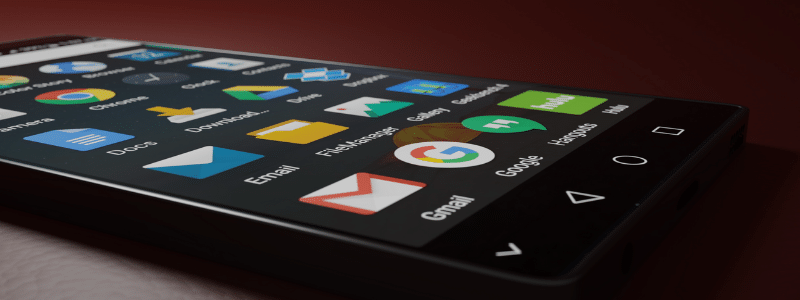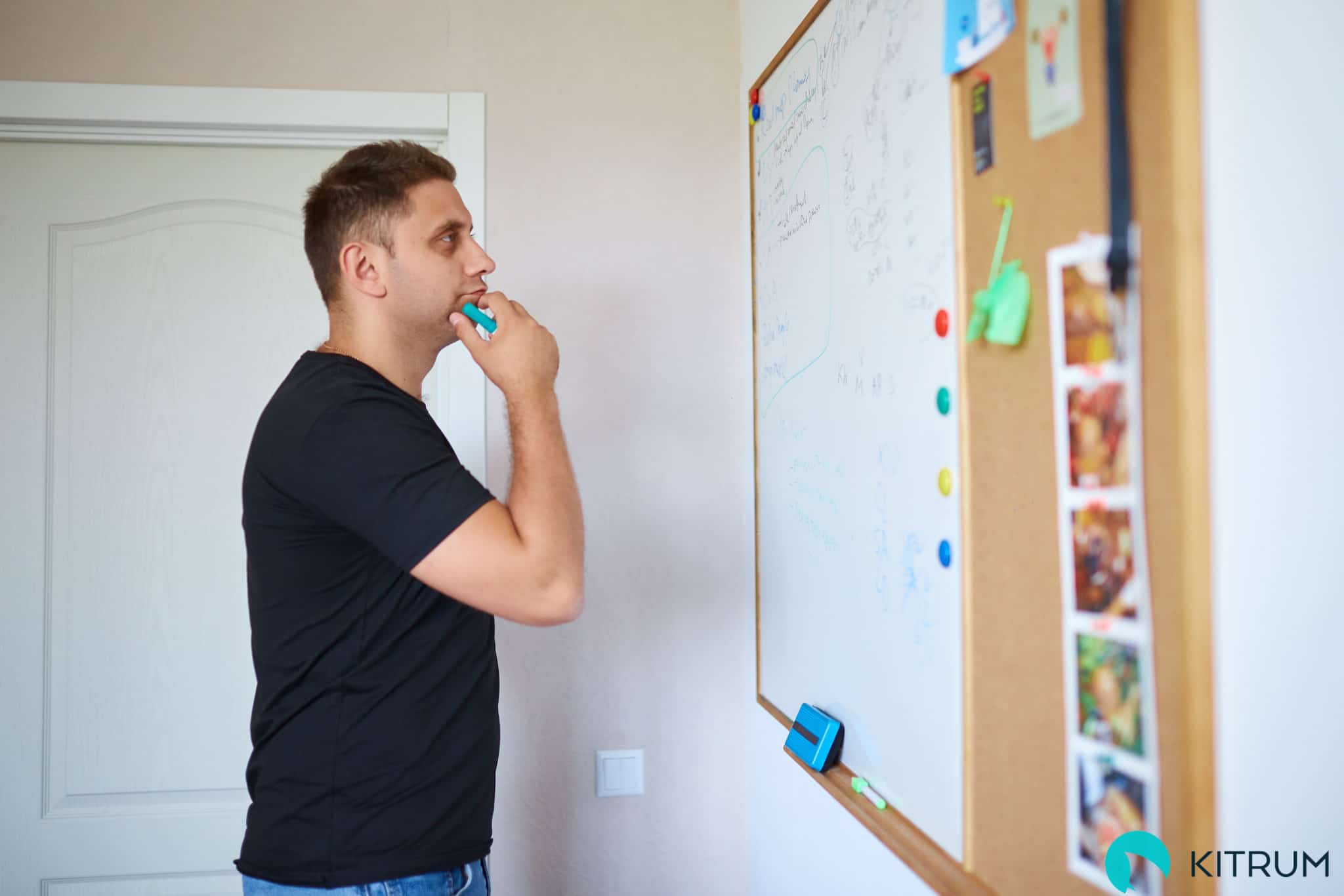Health Innovations in a Digital World: Know How You Can Improve Connectivity and implement Mobile Technology in Healthcare solution.
If there is a niche problem there is a digital solution. The healthcare industry is no exception. The emerging technologies in healthcare are being spearheaded by innovative and disruptive medical software developers. The need for healthcare innovations is already there. Think about how many data points a single person can generate from one doctor’s visit. Multiplied a few million times and you have quickly discovered the data, connectivity, tracking, communication, and trend analysis problems facing the medical field from a local, national, and global perspective. Some of the applicable platforms and technologies are artificial intelligence, augmented reality, cross-platform data access, real-time monitoring, video and messaging communication, and truly mobile healthcare. To jump into the digital healthcare industry, you will need a group of developers that understand the nuances of the healthcare field and the required UX protocols. For a brief list of an example healthcare innovations check out the list below.
- Personalized Mobile Health Apps
Personalized mobile health apps connect the individual to their medical professionals, health needs, and health reminders. Medical apps allow all the users to interface directly with their medical professional, whether it is a primary care physician or a specialist. The app can collect health data from wearables or sensors, provide necessary information such as prescriptions and appointments to the patient and doctor, and remind the patient of necessary shots or seasonal issues on a day-by-day basis. These apps are the central hub of the patient-doctor sphere of importance because they are both safe, secure, and trusted to communicate vital information instantly to both the patient and the doctor.
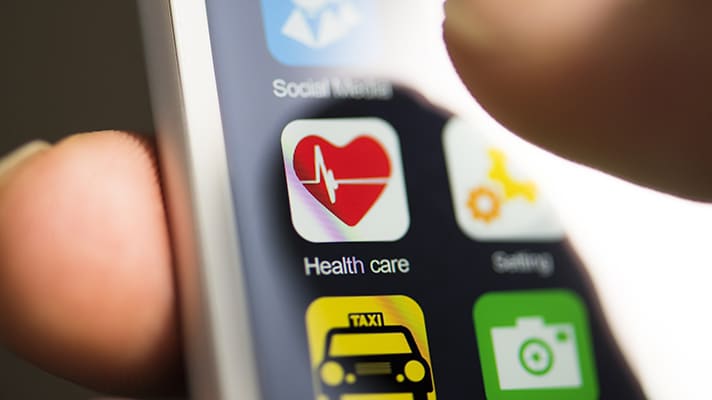
- Therapeutic Apps
Digital therapeutic apps or Digiceuticals are a growing trend in healthcare innovation. These apps seek to supplement or replace certain medications or treatments by offering an alternative to standard therapies. The apps can be prescribed by a doctor or sought out separately for the purposes of lifestyle changes, health monitoring, health coaching, or directed physical and mental actions all for a specific health issue. The app could be targeted at insomnia issues, healthy eating for diabetics, or depression. Not all health issues can be resolved through an app, and FDA approval isn’t necessary, but many medical innovations are including client access to digital help to issue specific app solutions.
- Chatbots in Healthcare
The AI and machine learning that is driving big data analysis can also drive patient triage via chatbots. When a patient needs to schedule an appointment, communicate with a medical professional, or get simple diagnostics and advice, chatbots can offer instantaneous help when RNs or PAs are busy. If you have ever interacted with a chatbot before you may find them frustrating and difficult. The technology is young but the upside potential for simple solutions will revolutionize basic care. It is only a matter of time.

- Digital Patient Portals
Before digital records, a patient needed to physically fill out forms and physically see a doctor. The doctor had to physically write or type out all information and there was a physical file that followed each patient around. Instead, digital health trends have allowed medical software developers to create a centralized digital patient portal that is a central data hub for all patient charts and digital video visits and email communications with practitioners. These patient portals are usually not separate applications but integrated into the office’s websites for ease of access.
- Mobile Home Healthcare
For the aging or sick populations, there is a need for data and real-time monitoring beyond just simple diagnostic data. There is a growing need to communicate health information to medical professionals from remote locations for more specialized devices. Home healthcare innovations allow data from specialized medical equipment to be uploaded to a patient portal manually. This could include blood pressure devices, oxygen level, blood analysis, heart monitors, and other personalized medical technologies.
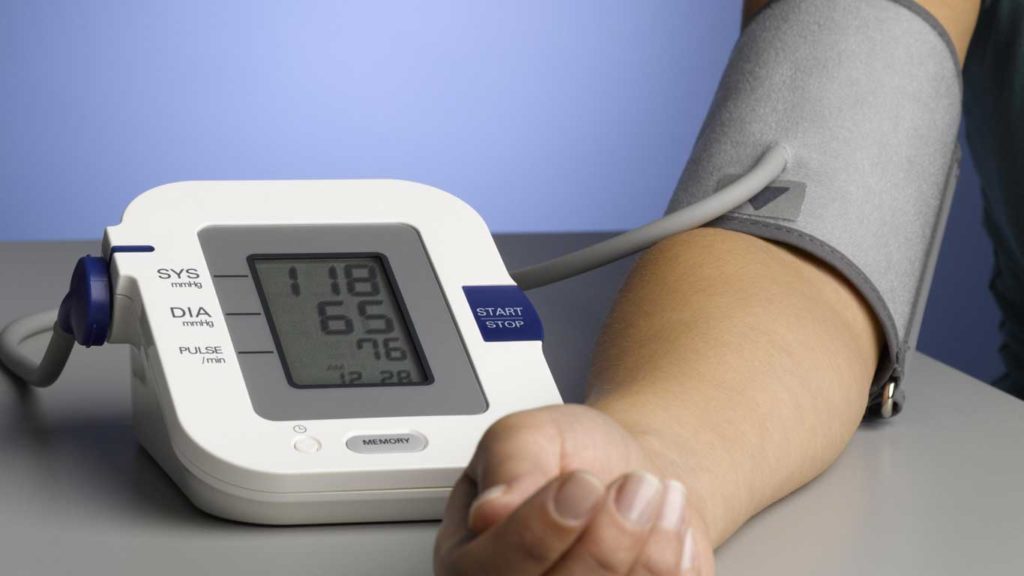
- Virtual Clinics
Virtual clinics are paving the way for 24-hour access to medical professionals that can discuss, analyze, diagnose, and prescribe medication and treatment to anyone with internet access and a video camera. There is no need to travel to a central clinic or wait until an appointment if the care is needed immediately. Virtual clinics are an emerging technology in healthcare that focuses on healthcare access to anyone and everyone, even in more remote areas of the country and world. Because there is lower overhead, there are cost savings and efficiencies added to ease of access and speed of visits.
- Health Wearables, Trackers, & Sensors
The health data does not just automatically populate in a health app. It needs to be collected first. Health data collection is a developing healthcare innovation field through wearables, trackers, and sensors that automatically monitor for certain health vitals. The gadget tech creates a database and readable file for uploading to the patient portal or personalized health app. Devices can read and monitor a patient’s heart rate, temperature, oxygen levels, blood pressure, mental activity, and breathing rate, for example. GPS tracking can be used for older patients or mentally handicapped or ill patients to easily locate them if they go missing.
- Internet of Medical Things
There is the IoT, Internet of Things, and the more specialized category of the Internet of Medical Things, IoMT. These are everyday medical devices that can connect via a home server or Wi-Fi system to digitally record specific functions. The IoMT is the intersection of the health wearables, home medical care, and digital patient portal. IoMT allows medical professionals to physically and digitally get generated home health devices. Without the transmission of the data, there would be severely limited utility in remote or mobile healthcare. For digital health applications, connectivity is absolutely necessary for utility. Without the ability to connect the patient would need to manually track data and report it to the medical professional or stay in the hospital for monitoring, both a sub-par solution.
- Virtual Patient School
Doctor prescribed treatments and life changes are not easily translated into actionable choices by patients. Often patients are left clueless about what to physically do or how to change their lifestyles to positively influence their health concerns. Instead of expensive coaches, virtual patient schools allow for instruction and education about a number of topics for the patient. Virtual patient schools empower the patient with the knowledge on how to alter their life in a healthy way. Educational topics can include healthy eating, exercise, how to maintain dietary restrictions, and even how to use certain types of home health equipment. With more education, patients are more likely to succeed in their personal management of their health issues and less likely to return to the hospital.
Mobile Technology in Healthcare: Don’t Get Overlooked by Potential Clients
If you are looking to grow a business or enter the digital healthcare field you need to ensure that your tools will have a positive effect on the efficiency, effectiveness, and underlying health of both the clinician and the patients. Digital health applications aren’t just about offering a cheap solution for a complex problem. Instead, healthcare innovations are geared towards real-world solutions for some of the most complex and sensitive life problems. When you are ready to start your adventure into emerging technologies in healthcare reach out to us and we can pull together an expert and experienced team of medical software developers. Recently KitRUM has been recognized among Top Healthcare Software Development Companies of 2020 according to Designrush.
